Eaux de Vie
Showing all 8 results
-

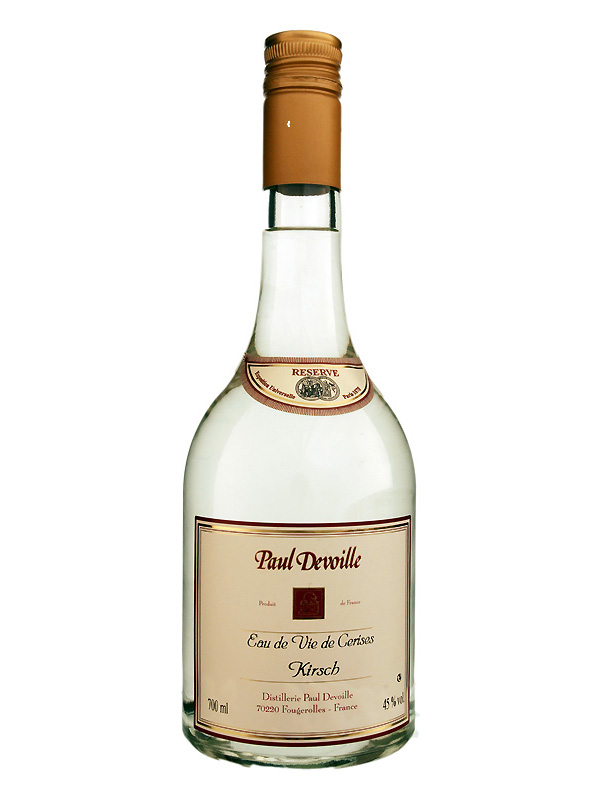

Paul Devoille – Kirsch – Cerises Eau de Vie – Imperfect Label
Excl. VAT £20.58Incl. VAT£24.70Learn moreAdd to basket -


Paul Devoille – Reserve Kirsch – Cerises Eau de Vie
Excl. VAT £21.25Incl. VAT£25.50Learn moreOut of stock -
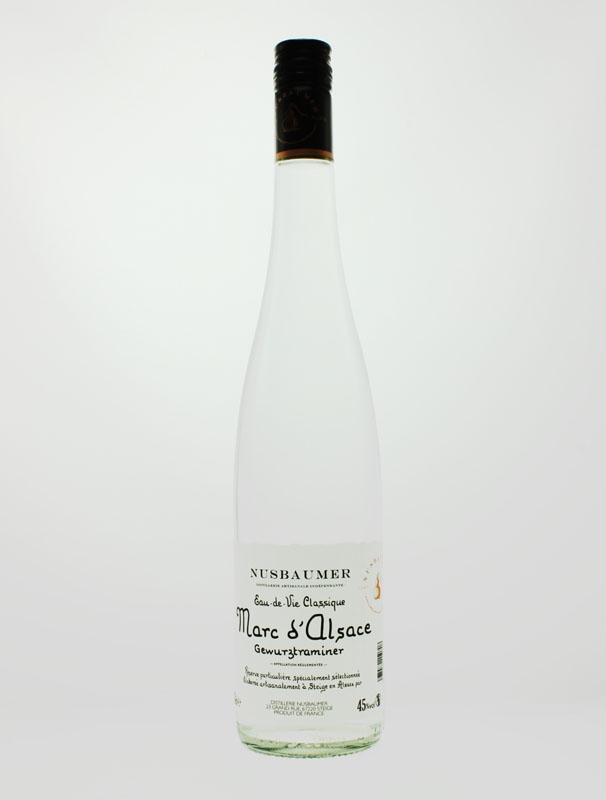
Nusbaumer Marc d’Alsace Gewürztraminer Eau de Vie (Grape)
Excl. VAT£43.50Incl. VAT£52.20Learn moreAdd to basket -
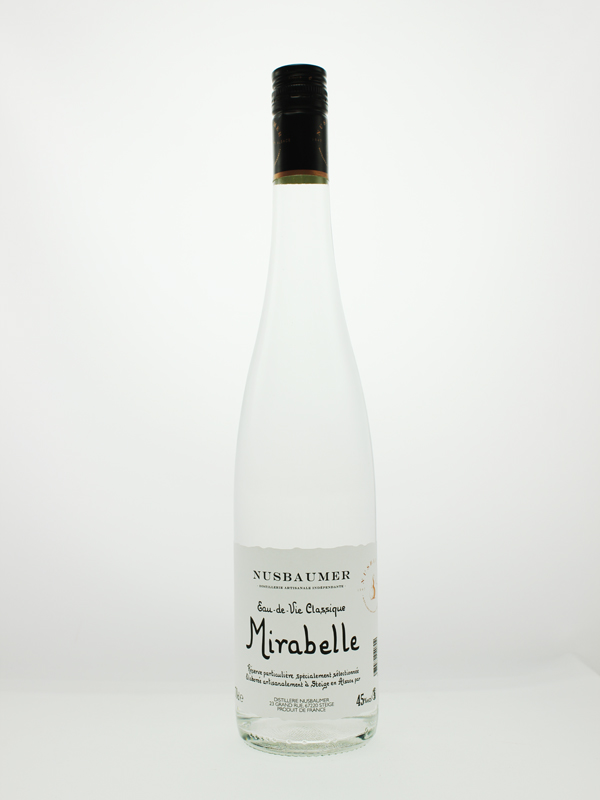
-
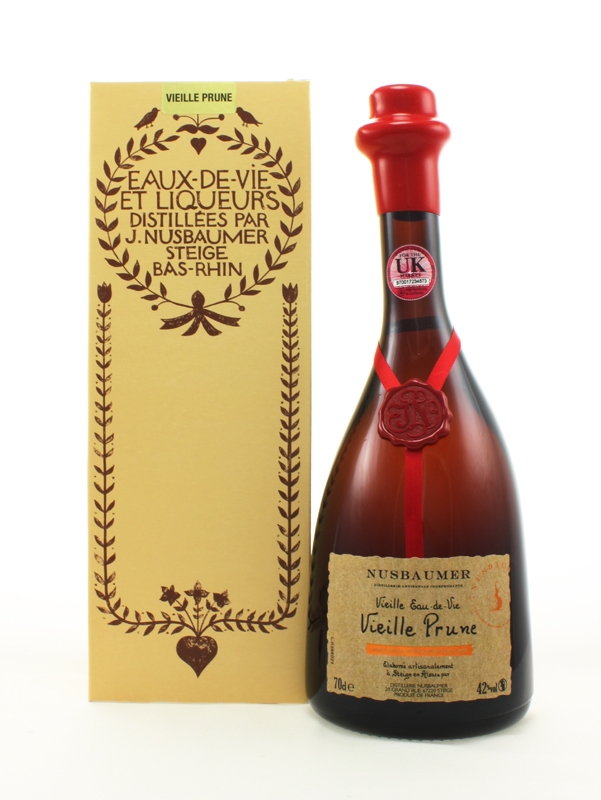
-
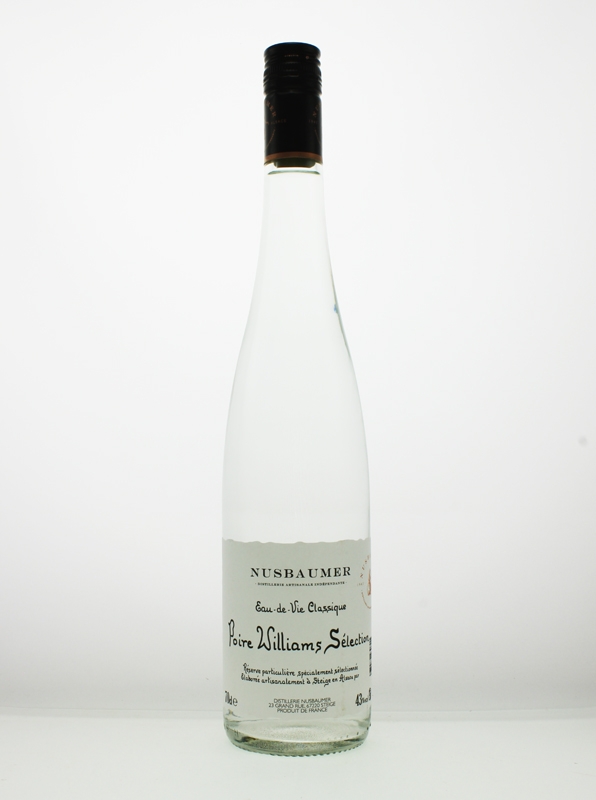
Nusbaumer Poire William Eau de Vie Selection (Pear)
Excl. VAT£46.58Incl. VAT£55.90Learn moreAdd to basket -
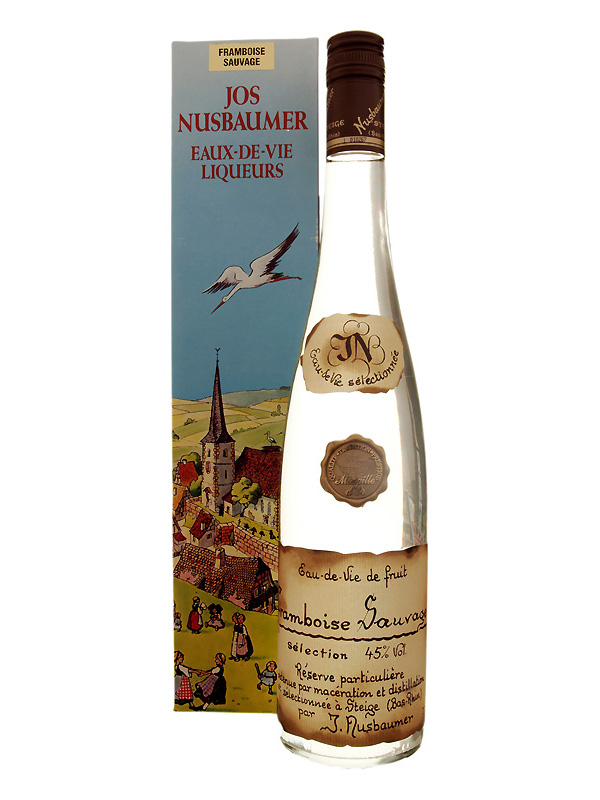
Nusbaumer Framboise Sauvage Eau de Vie (Raspberry)
Excl. VAT£50.75Incl. VAT£60.90Learn moreAdd to basket -
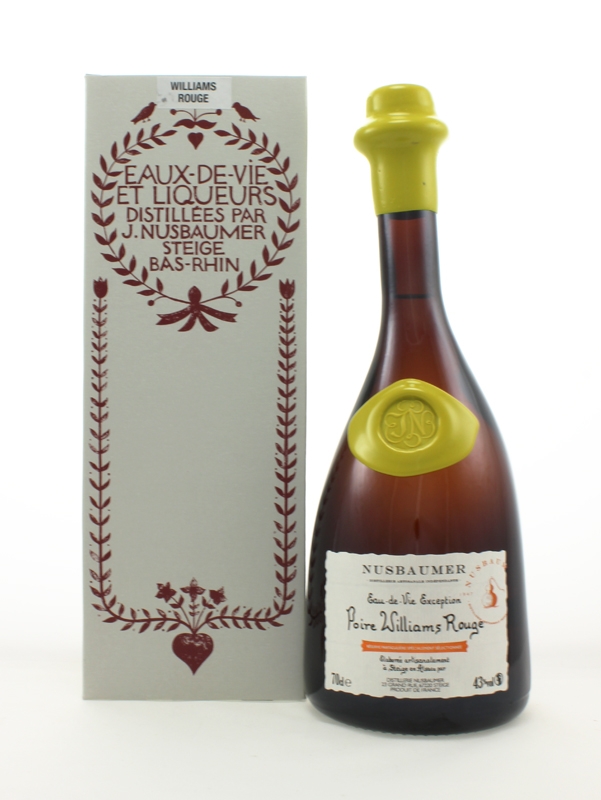
Nusbaumer 20 Year Old Reserve Poire William Eau de Vie (Pear)
Excl. VAT£70.00Incl. VAT£84.00Learn moreAdd to basket
We tend to define eau de vie as the spirit of Alsace, a water clear spirit obtained directly after distillation of the wine or fruits of the region. Various fruit are added to the wine before distillation and the resulting mixture is sold as a clear fruit flavoured spirit. Most of these eaux de vie are produced in the Alsace region of France and can be very strong with an abv in excess of 70%. They are not aged in oak since this would give them a colour. In some cases they have macerated fruits added which produce a sweet liqueur flavour. The added fruit provides a much lower alcoholic strength and a distinctive and usually quite powerful flavour. Those available at Brandyclassics are mainly the wine or fruit distillates or the liqueur eaux de vie incorporating macerated fruits. Eaux de vie are made with an amazing variety of fruits and plants from cherries to prunes to tea.
Eaux de vie is also probably the most used term in the cognac industry since it covers the transformation of the wine to a brandy. Cognacs are double distilled. The first distillation will transform the wine to a cloudy liquid (known as brouillis) with a strength of around 27-30 % abv. The second distillation transforms the brouillis into a water clear and very strong (67-72 % abv) spirit we call eau de vie. Aged in oak casks for many years, the eau de vie gradually mellows and changes colour as its chemicals (tannins, lignins and hemi-cellulose) come into contact with the wood. Transforming eau de vie into good cognac is a very slow process and can take many decades. Most, however, is diluted and sold as young cognac with sugar syrup and caramel added to hide its fiery nature.
So do be careful not to confuse the two uses of the term eau(x) de vie.
